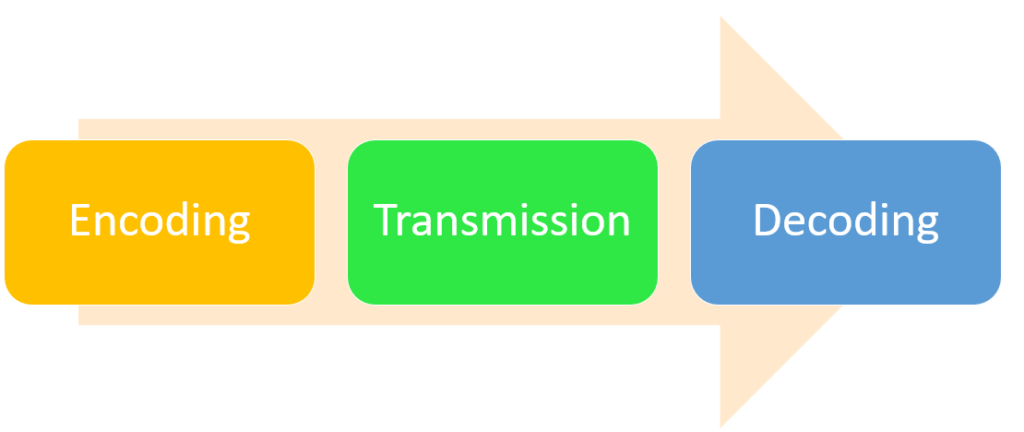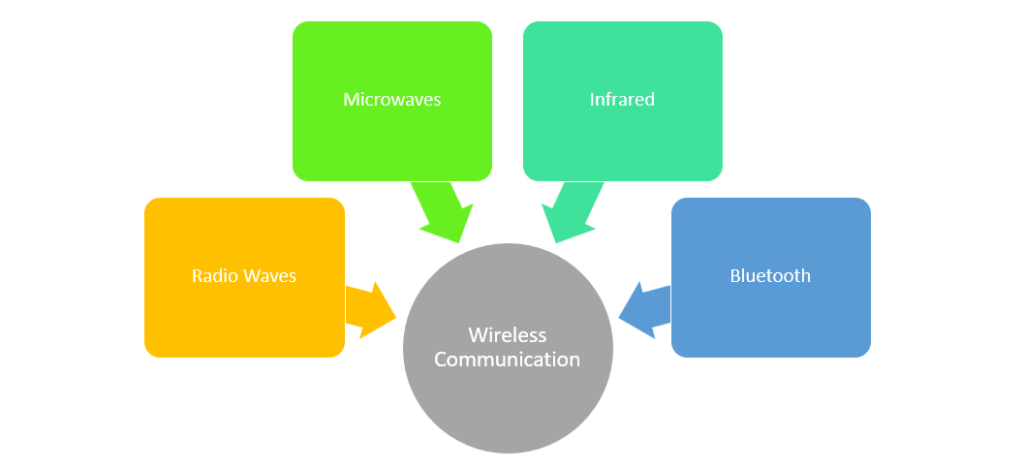In our earlier post titled “Introduction to Wireless Networking: Unleashing the Power of Connectivity,” we explored the basics of wireless networking. Now, building upon that foundation, let’s delve deeper into the underlying principles and technologies behind wireless information transfer. In an increasingly interconnected world, wireless communication plays a vital role in transmitting information without the need for physical connections. From ubiquitous Wi-Fi networks to the convenience of Bluetooth devices and the widespread reach of mobile networks, wireless technology has become an integral part of our daily lives. But have you ever wondered how exactly information travels wirelessly? In this blog post, we will unravel the mysteries behind this remarkable process.
Understanding Wireless Communication: Wireless communication involves the transmission of information or data through the air or space using electromagnetic waves. These waves carry the information and allow devices to communicate with each other. The process can be divided into three main components: encoding, transmission, and decoding.

- Encoding: Before data can be transmitted wirelessly, it needs to be encoded into a format suitable for wireless transmission. This process involves converting the information into binary code, typically represented as 0s and 1s. The encoding method can vary depending on the type of wireless communication being used.
- Transmission: Once the data is encoded, it is ready for transmission. Wireless communication relies on various technologies to transmit the encoded information as electromagnetic waves. Let’s explore a few common wireless communication technologies:

- Radio Waves: Radiofrequency (RF) waves are used in technologies like Wi-Fi, cellular networks, and radio broadcasting. Data is modulated onto specific radio frequencies, allowing devices to send and receive signals within the designated frequency range.
- Microwaves: Microwaves are higher-frequency electromagnetic waves and are commonly used in technologies like microwave ovens and satellite communication. Microwaves provide high-speed communication over long distances, making them suitable for applications such as wireless backhaul and satellite internet.
- Infrared: Infrared (IR) communication uses light waves with longer wavelengths than those of visible light. It is often employed in remote controls, short-range data transfer, and proximity sensors. Infrared signals require a direct line of sight between the transmitter and receiver.
- Bluetooth: Bluetooth technology utilizes short-range radio waves to connect devices over short distances. It is commonly used for wireless audio streaming, connecting peripherals to computers or smartphones, and IoT (Internet of Things) devices.
3. Decoding: At the receiving end, the encoded data needs to be decoded to retrieve the original information. Decoding involves reversing the encoding process, where the binary code is converted back into its original form, whether it’s text, audio, images, or any other data type.
Wireless Protocols and Standards: To ensure seamless wireless communication between devices, various protocols and standards have been developed. These protocols define the rules and procedures for transmitting and receiving data, ensuring compatibility and interoperability. Some notable wireless protocols include:
- Wi-Fi (IEEE 802.11): Wi-Fi is a widely used wireless networking technology that allows devices to connect to the internet or communicate with each other within a local area network (LAN). The IEEE 802.11 standard specifies the rules for Wi-Fi communication.
- Bluetooth (IEEE 802.15.1): Bluetooth is a short-range wireless technology designed for low-power device connectivity. It enables devices such as smartphones, headphones, and smartwatches to communicate and exchange data wirelessly.
- GSM, 3G, 4G, and 5G: These are cellular network standards used for mobile communications. They enable voice calls, text messaging, and data transfer over long distances. Each generation (GSM, 3G, 4G, 5G) represents advancements in speed, capacity, and latency.
Wireless communication has revolutionized the way we connect and exchange information. By understanding the encoding, transmission, and decoding process, as well as the different wireless technologies and protocols involved, we gain insights into the seamless transfer of data wirelessly. From everyday applications like Wi-Fi and Bluetooth to cellular networks, wireless communication continues to shape our interconnected world, enabling efficient and convenient information transfer without the constraints of physical connections.
One thought on “Beyond the Wires: Unraveling the Secrets of Seamless Wireless Communication”